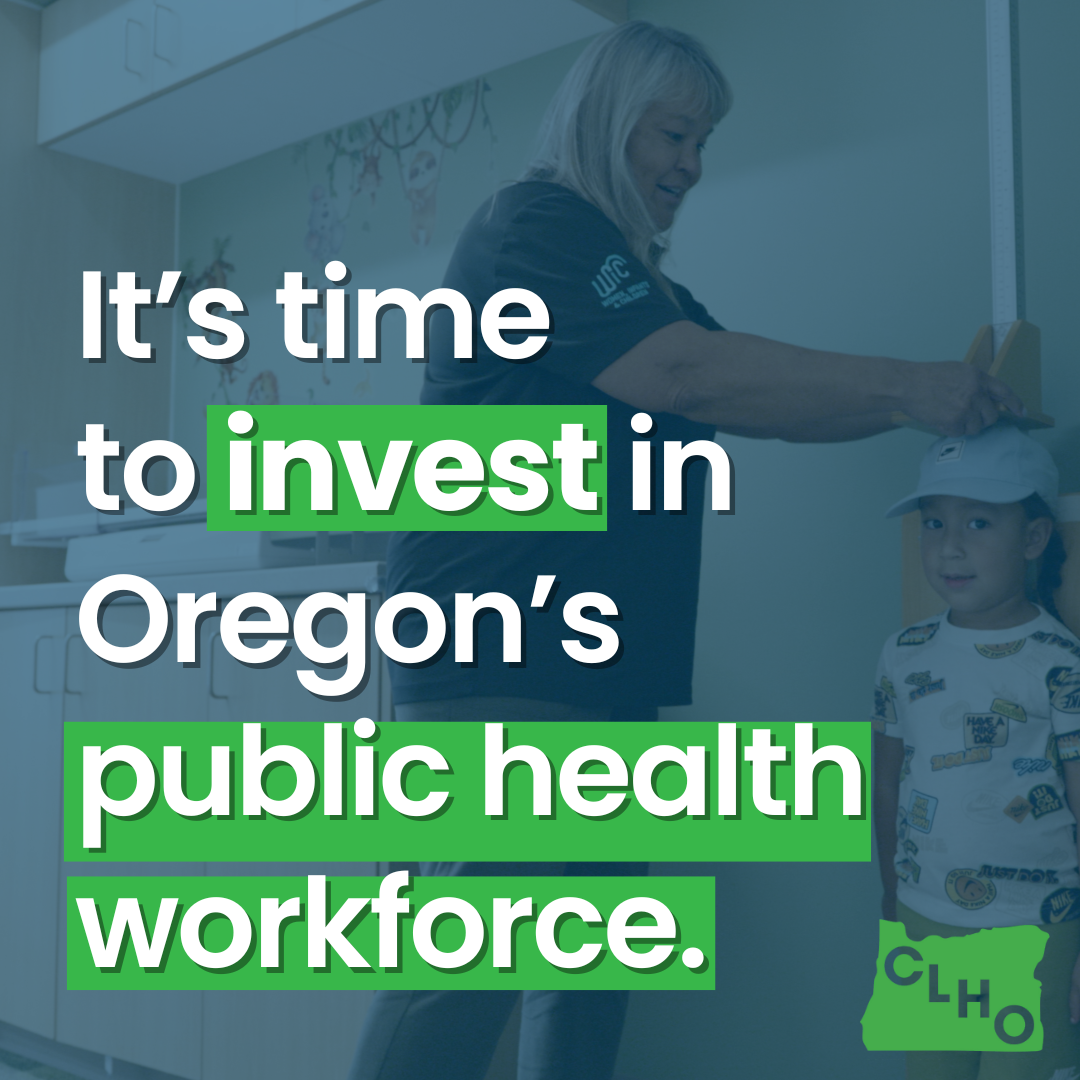A top state official told legislators on Wednesday that regulators would postpone a list of recommendations that Insurance Commissioner Laura Cali Robison unveiled in November, citing the uncertainty of changes to the health insurance law from the federal government.
“We have decided to take those off the agenda for now,” said Patrick Allen, the head of the Department of Consumer & Business Services, adding they could be back before the 2018 Legislature. “The range of play at the federal level has widened … It’s getting harder rather than easier to determine what’s to become of the Affordable Care Act.”
Rep. Mitch Greenlick, D-Portland, the chairman of the Health Committee quipped that Oregon may need a special session in the fall depending on how chaotic the changes from President Trump and the Republican Congress turn out to be.
Allen plans to travel to Washington, D.C., with other top state officials to engage with federal health functionaries and the state’s congressional delegation. He’ll be joined by Lynne Saxton, director of the Oregon Health Authority and Jeremy Vandehey, the governor’s health policy advisor.
Cali Robison had made the recommendations in an attempt to stabilize the individual health insurance market, which has faced double-digit annual price increases as insurers try to stem losses from higher-than-expected medical claims, while other insurers have left certain counties or the entire state.
The plans included a new reinsurance plan, greater transparency in medical pricing, as well as smaller measures like shortening grace periods for consumers to sign up after a major life change, and tightening the exceptions for buying insurance outside of the three-month open enrollment period.
“There’s no chance of having any federal clarity by May 1,” said Allen -- noting the date when health insurers make their rate requests public for 2018.
Allen added that there were still two areas where his agency would ask the Legislature for statutory changes -- one to guide insurance regulators in case some counties have only one or no health insurers offering plans on the exchange next year -- and two, to give the agency wide flexibility to handle whatever changes come down the pipe from Washington.
The agency head told Rep. Knute Buehler, R-Bend, that he expected a need to stabilize the market regardless of what comes out of Washington. Allen added that the uncertainty alone could cause health insurers to ask for a rate increase to provide a cushion against any shifting headwinds.
But despite postponing big state-level changes to the market and federal uncertainty, Allen thought the market was more stable than it was at this time last year.
“The underlying market fundamentals should be stable,” Allen told The Lund Report after the hearing. “Any big increases this year would be caused by federal instability.”
Beyond calls to “repeal and replace” or “rebuild and repair” Obamacare, the federal health law is also again in doubt because of a new legal challenge, House v. Burwell, which argues whether subsidies to help consumers with copayments are lawful, according to Jesse Ellis O’Brien, policy director for the Oregon State Public Interest Research Group.
A conservative district judge ruled against the Obama administration, and the legal case is now in the U.S. Court of Appeals of the District of Columbia. O’Brien said it’s unclear whether the Trump administration will defend the lawsuit, or if the plaintiffs -- the U.S. House of Representatives -- will maintain the lawsuit as it makes its way through the courts. About 6.4 million consumers depend upon these cost-sharing subsidies, or about 80,000 Oregonians.
The number of people who bought individual health plans in Oregon hit 249,000 for 2017, up from 245,000 last year. Consumers continued to gravitate toward purchasing through the online marketplace, with 155,000 buying online where they may be eligible for both premium and coinsurance subsidies. Another 94,000 bought an off-market plan either through an insurance broker or directly through the insurance company, and must pay the full cost without federal help.
Last year, 147,000 people bought exchange plans and 98,000 purchased off-exchange plans.
Elizabeth Cronen, a spokeswoman for the Oregon Health Insurance Marketplace, said 4,000 people signed up in the final days of open enrollment, which ended Jan. 31. The state pumped in an additional $110,000 of advertising in those last days, to offset the $5 million the Trump administration had pulled in advertising in an attempt to sabotage the market.
“The Oregon Health Insurance Marketplace did expand advertising when we learned our federal partners were scaling back their ad investment in the final days of open enrollment,” Cronen said by email. “We continued our planned digital--Hulu, Pandora, Facebook, and website banner ads, but beginning Friday, Jan. 27, we widened the geographic areas of the state where ads were running and ran them more frequently.”
O’Brien said he was disappointed the insurance commissioner was postponing market reforms, and said that insurance rate requests for 2018 are anybody’s guess. “It’s going to be a real challenge to determine what’s a reasonable price.”
Chris can be reached at [email protected].
